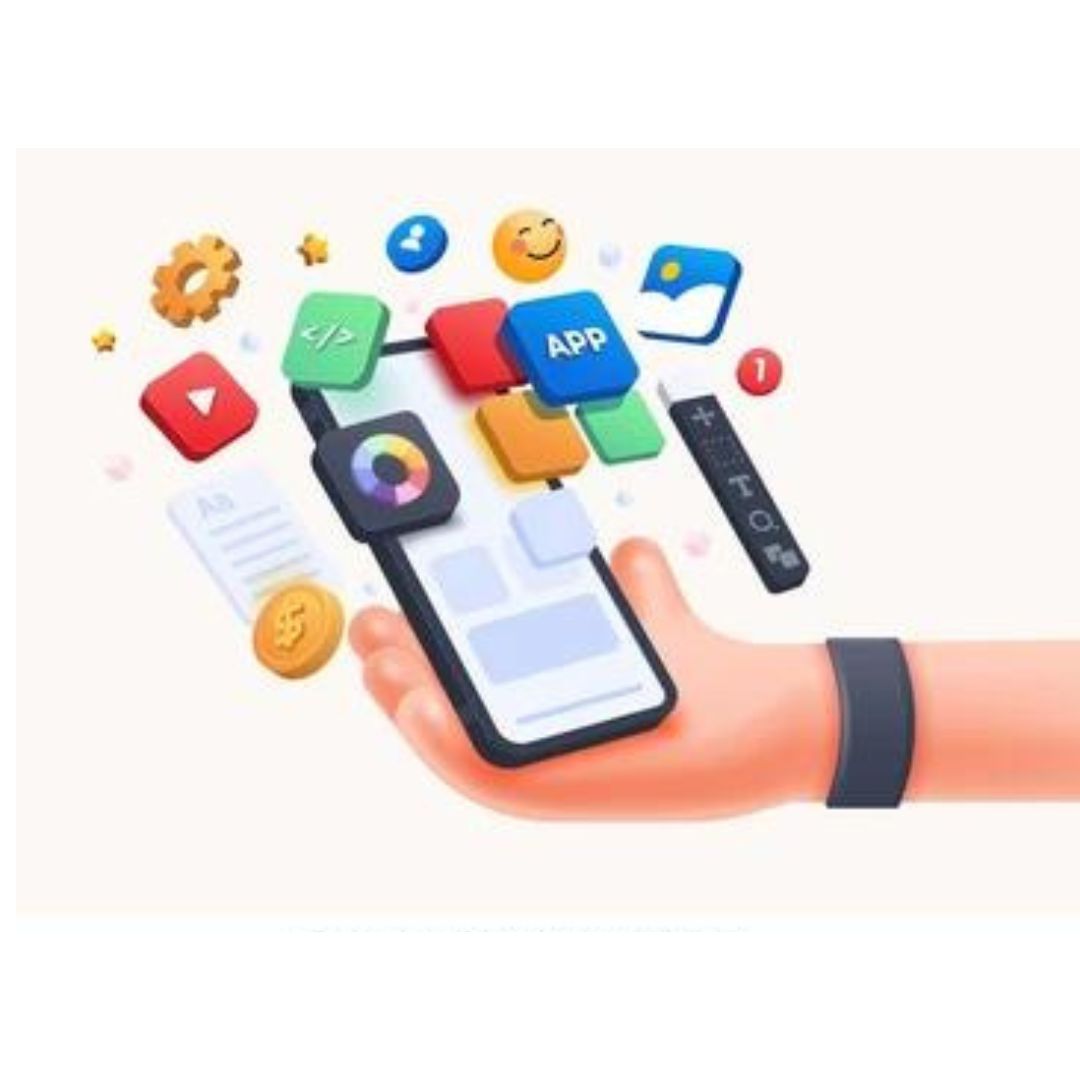
User-Friendly Mobile App: Enhancing the User Experience
In today’s digital landscape, where user experience is of paramount importance, businesses strive to develop user-friendly applications that captivate and retain their audience. The success of an app is directly linked to its usability, functionality, and how well it caters to the needs of its users. In this article, we delve into the key elements that make an app user-friendly, providing you with insights on how to create an exceptional user experience.
Understanding the User
To develop a user-friendly app, it’s crucial to understand the target audience and their preferences. By conducting thorough user research, we can gain valuable insights into their behaviors, needs, and pain points. By empathizing with the end-users, we can design an app that meets their expectations and delivers a seamless experience.
Conducting User Surveys and Interviews
User surveys and interviews are effective methods to gather feedback and opinions directly from the target audience. By asking relevant questions and actively listening to their responses, we can identify areas for improvement and gain valuable insights that shape the user-friendly features of our app.
Analyzing User Feedback and Metrics
Analyzing user feedback, such as app ratings, reviews, and analytics data, helps us understand how users interact with the app. This information enables us to identify usability issues, bottlenecks, and areas where users might struggle. By addressing these pain points, we can enhance the overall user experience.
Simplifying Navigation and Information Architecture

One of the fundamental aspects of a user-friendly app is intuitive navigation. Users should be able to navigate through the app effortlessly, finding the information or features they seek without frustration. To achieve this, we focus on:
Clear and Concise Menus
Using clear and descriptive labels for menu items helps users understand the app’s structure and find what they need quickly. Organizing menus in a logical hierarchy improves the overall user experience and reduces the learning curve.
Streamlined User Flows
Creating streamlined user flows ensures that users can accomplish their goals efficiently. By minimizing the number of steps required to complete a task, we reduce friction and enhance the app’s usability. Incorporating user feedback during the design process allows us to optimize user flows and eliminate unnecessary complexities.
Responsive and Adaptive Design
In the era of multiple devices and screen sizes, a user-friendly app must adapt seamlessly to different platforms. Whether it’s a smartphone, tablet, or desktop, the app should provide a consistent and optimized experience across all devices. To achieve this, we employ responsive design principles

Fluid Layouts
Using fluid layouts enables the app’s interface to adjust and scale according to the user’s screen size. This ensures that content remains accessible and visually appealing, regardless of the device being used.
Touch-friendly Interactions
Incorporating touch-friendly elements, such as larger buttons and optimized touch targets, enhances the usability of the app on mobile devices. Users should be able to interact with the app effortlessly, without the need for precise taps or pinches.
Performance and Loading Times

A user-friendly app should be fast and responsive. Slow loading times can lead to user frustration and abandonment. To ensure optimal performance:
Code Optimization
Efficient coding practices and optimization techniques are crucial to minimize loading times. By reducing unnecessary code, optimizing images, and implementing caching mechanisms, we can significantly improve the app’s performance.
Asynchronous Loading
Implementing asynchronous loading techniques allows the app to load content progressively. This means that users can start interacting with the app while additional content continues to load in the background. It provides a sense of responsiveness and prevents users from waiting too long for the app to become functional.
Engaging Visual Design
The visual design of an app plays a vital role in its user-friendliness. A visually appealing and well-crafted interface not only captures users’ attention but also enhances their overall experience. Here are some key considerations:
Consistent Branding
Maintaining consistent branding elements, such as colors, typography, and visual style, creates a cohesive and recognizable app identity. Consistency instills trust in users and helps them feel familiar with the app’s interface.
Intuitive Icons and Imagery
Using intuitive icons and imagery improves user comprehension and reduces the need for lengthy textual explanations. Well-designed icons convey meaning at a glance and guide users through the app’s functionalities effortlessly.
Clear Visual Hierarchy
Establishing a clear visual hierarchy guides users’ attention to important elements and information. By utilizing different font sizes, colors, and spacing, we create a hierarchy that aids users in understanding the app’s content and navigation structure.
Incorporating User Feedback Loops
To continuously improve the user-friendliness of an app, it’s crucial to establish feedback loops with users. By providing avenues for users to share their thoughts, suggestions, and concerns, we can gather insights that drive iterative enhancements. Here’s how we achieve this:

In-app Feedback Mechanisms
Integrating in-app feedback mechanisms, such as surveys or feedback forms, allows users to express their opinions conveniently. Actively seeking user feedback demonstrates a commitment to improving the app and makes users feel valued.
Beta Testing and User Testing
Conducting beta testing and user testing sessions with a diverse group of users helps identify usability issues and uncover areas for improvement. By observing users interact with the app and collecting their feedback, we can refine the user experience iteratively.
Personalization and Customization Options

Offering personalization and customization options within the app empowers users to tailor the experience to their preferences. By allowing users to adjust settings, choose themes, or customize layouts, we create a sense of ownership and cater to individual needs.
Theme Selection
Providing a range of themes or color schemes allows users to personalize the app’s appearance according to their preferences. Whether it’s a dark mode for better readability at night or vibrant colors to reflect their personality, theme selection enhances user satisfaction.
Customizable Layouts
Allowing users to rearrange elements or choose different layouts based on their workflow or usage patterns can greatly improve the app’s user-friendliness. Customizable layouts give users a sense of control and enable them to optimize the app’s interface to suit their needs.
Notification Preferences
Giving users control over the types and frequency of notifications helps prevent overwhelming them with irrelevant or excessive alerts. Allowing users to customize their notification preferences ensures they receive relevant updates while maintaining a non-intrusive experience.
Conclusion
Creating a user-friendly app is a multifaceted endeavor that requires meticulous attention to detail and a deep understanding of user behavior. By conducting user research, simplifying navigation, implementing responsive design, optimizing performance, incorporating engaging visual design, and offering personalization options, we can craft an app that delivers an exceptional user experience. Remember, the key is to continuously gather user feedback, iterate, and improve to stay ahead in the competitive digital landscape.

FAQs (Frequently Asked Questions)
Q1: How important is user research in creating a user-friendly app?
User research is paramount in developing a user-friendly app. It helps us understand user preferences, behaviors, and pain points, enabling us to design an app that caters to their needs.
Q2: What role does visual design play in enhancing user-friendliness?
Visual design plays a vital role in capturing users’ attention and improving comprehension. Consistent branding, intuitive icons, and a clear visual hierarchy contribute to a more user-friendly experience.
Q3: How can performance optimization enhance the user-friendliness of an app?
Optimizing an app’s performance, such as reducing loading times and implementing efficient coding practices, ensures a seamless user experience and prevents user frustration.
Q4: Why is it important to incorporate user feedback loops in app development?
User feedback loops allow for continuous improvement of an app’s user-friendliness. By actively seeking user opinions and conducting testing sessions, we can identify areas for enhancement and meet user expectations better.
Q5: How does personalization and customization benefit the user experience?
Personalization and customization options empower users to tailor the app to their preferences, increasing satisfaction and engagement. Theme selection, customizable layouts, and notification preferences allow users to optimize the app according to their individual needs.

Add a Comment